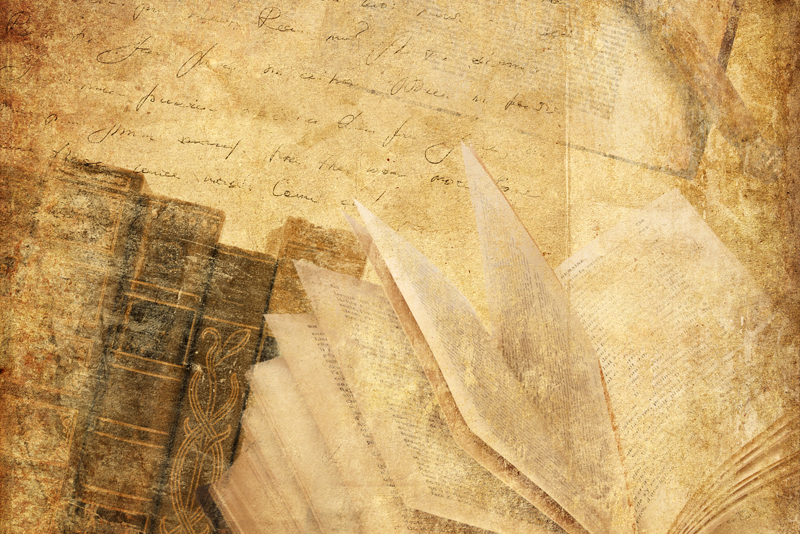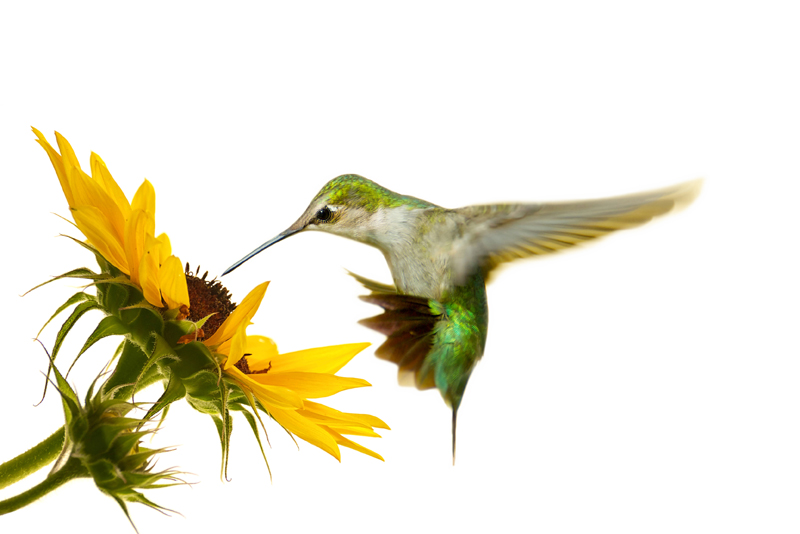Enduring Patchwork

Patchwork or pieced work, traditionally associated with quilts, is a variegated assortment of many usually same-sized small pieces of fabric, often assembled in a repeat pattern to form a much larger design, then fashioned into many home decorator items. Pieced-together fabrics sometimes seemingly a jumble, a mishmash of randomly chosen small squares (sometimes diamond or hexagon shape too) of cloth all different in color and printed design, can visually delight the eye when the arrangement of the many fabric fragments forms a pleasing decorative element.
Patchwork can be seen in bed, lap and wall quilts, table runners, napkins, placemats, hot pads, potholders, children’s toys and clothes, curtains, basket liners, pillow covers, pincushions, and much more. Precision cutting of squares and other geometric shapes, accurate assembly and placement of fabric pieces to make use of color combinations as well as coordinating printed designs are the hallmarks of this sewing craft.
Although not specifically mentioned as such, patchwork was the ultimate in times-gone-by recycling by cutting into small patches old clothing no longer useful for wearing, old table linens or sheets, even pieces of velvets or satins. Reusing pieces of old cloth and refashioning them into other useful items was seen as being frugal and necessary in times of scarcity. Even feed, flour and grain sacks were used during the Great Depression to make quilts and clothing items. The manufacturers of the finer cotton cloth and linen sacks (burlap sacks a bit too coarse for making clothing items) that contained bulk goods began printing the sacks in imaginative patterns and colors knowing that they would be thrifty to be reused.
Patchwork can be surprisingly easy to assemble and quick to sew for a last minute gift. Sew a sewing machine, computer monitor or temporary kitchen chair back cover by cutting many 4 1/2-inch (larger or smaller as desired) squares of different fabric choices (look to the scrappy fabric stash all sewers typically have on hand from prior projects).
Lay out the fabric squares in a desired pattern of rows and columns. Sew right-sides together first the rows or columns, then all together using a 1/4-inch seam allowance to eventually have an assembled fabric piece that satisfies the needed dimensions, usually a finished rectangle size. Use a muslin piece or solid fabric piece for backing. Sew these two - now patchwork front and solid muslin or fabric back - right sides together, leaving an opening for turning. Turn right-sides out, press, then hand or machine stitch the opening closed. Fold the finished piece in half, stitch lengths of ribbon or cording on each of the sides for closure ties.
The simple flat covers are easy to sew since only straight stitching is used and the finished sides, when tied together remain open enough to adjust the ties as needed to drape and gently close over a sewing machine or computer monitor as a dust cover, or over a chair back for a festive change.
Patchwork, and its artistic companion quilting, are today among the decorative sewing arts.
Sew happy, sew inspired.
Patchwork can be seen in bed, lap and wall quilts, table runners, napkins, placemats, hot pads, potholders, children’s toys and clothes, curtains, basket liners, pillow covers, pincushions, and much more. Precision cutting of squares and other geometric shapes, accurate assembly and placement of fabric pieces to make use of color combinations as well as coordinating printed designs are the hallmarks of this sewing craft.
Although not specifically mentioned as such, patchwork was the ultimate in times-gone-by recycling by cutting into small patches old clothing no longer useful for wearing, old table linens or sheets, even pieces of velvets or satins. Reusing pieces of old cloth and refashioning them into other useful items was seen as being frugal and necessary in times of scarcity. Even feed, flour and grain sacks were used during the Great Depression to make quilts and clothing items. The manufacturers of the finer cotton cloth and linen sacks (burlap sacks a bit too coarse for making clothing items) that contained bulk goods began printing the sacks in imaginative patterns and colors knowing that they would be thrifty to be reused.
Patchwork can be surprisingly easy to assemble and quick to sew for a last minute gift. Sew a sewing machine, computer monitor or temporary kitchen chair back cover by cutting many 4 1/2-inch (larger or smaller as desired) squares of different fabric choices (look to the scrappy fabric stash all sewers typically have on hand from prior projects).
Lay out the fabric squares in a desired pattern of rows and columns. Sew right-sides together first the rows or columns, then all together using a 1/4-inch seam allowance to eventually have an assembled fabric piece that satisfies the needed dimensions, usually a finished rectangle size. Use a muslin piece or solid fabric piece for backing. Sew these two - now patchwork front and solid muslin or fabric back - right sides together, leaving an opening for turning. Turn right-sides out, press, then hand or machine stitch the opening closed. Fold the finished piece in half, stitch lengths of ribbon or cording on each of the sides for closure ties.
The simple flat covers are easy to sew since only straight stitching is used and the finished sides, when tied together remain open enough to adjust the ties as needed to drape and gently close over a sewing machine or computer monitor as a dust cover, or over a chair back for a festive change.
Patchwork, and its artistic companion quilting, are today among the decorative sewing arts.
Sew happy, sew inspired.
You Should Also Read:
Sewing Machine Dust Covers
Tote Bags

Related Articles
Editor's Picks Articles
Top Ten Articles
Previous Features
Site Map
Content copyright © 2023 by Cheryl Ellex. All rights reserved.
This content was written by Cheryl Ellex. If you wish to use this content in any manner, you need written permission. Contact Cheryl Ellex for details.







